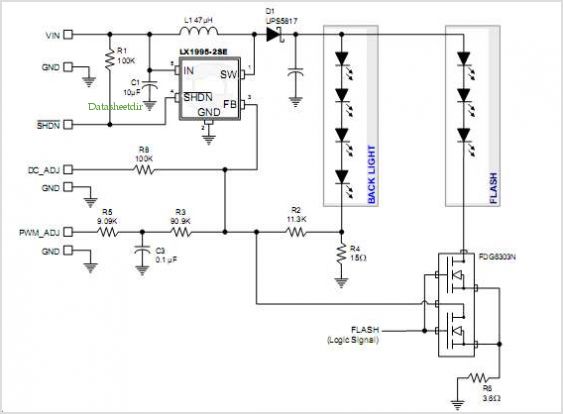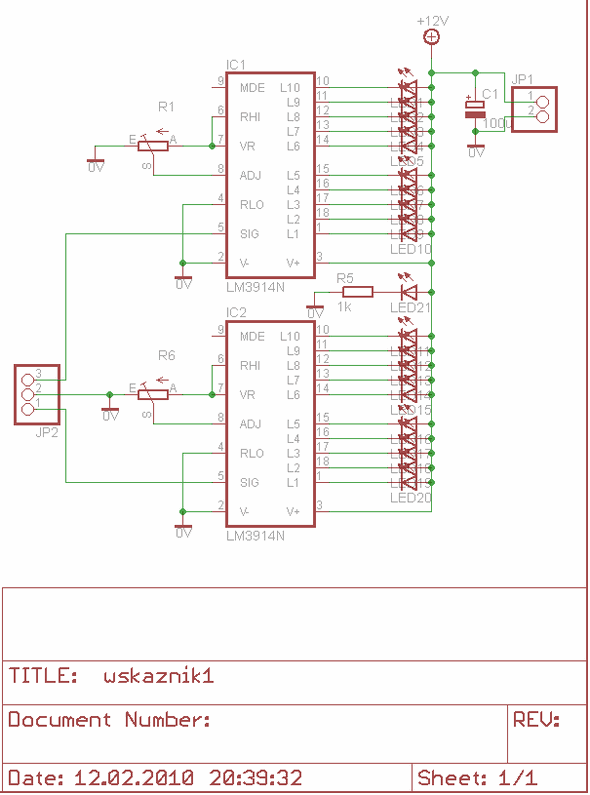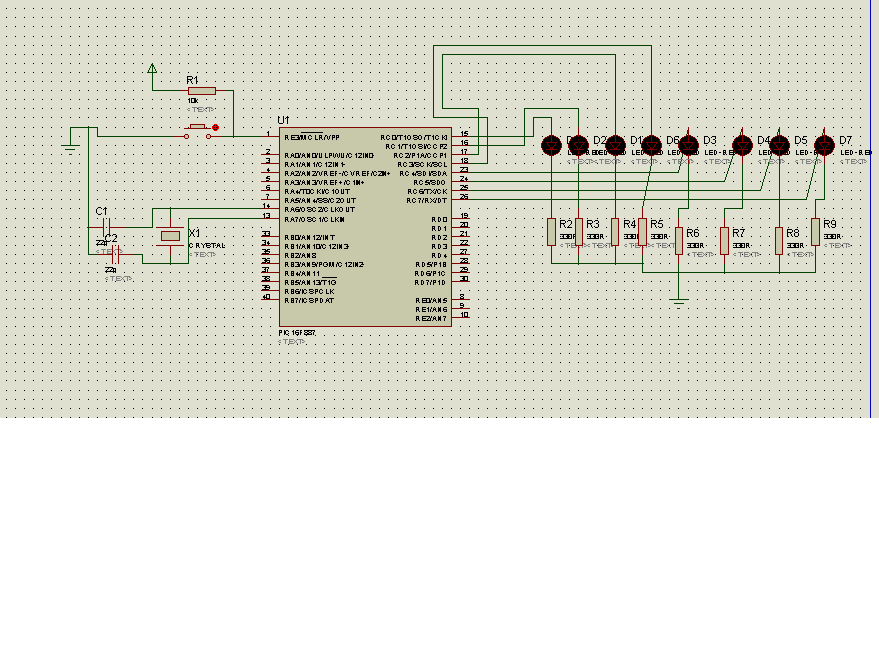
Lx1995 Led Driver: Camera Flash Application

The M-88L70 is a complete DTMF receiver that combines both band-split filter and decoder functions into a single 18-pin DIP or SOIC package. It is manufactured using CMOS process technology, which allows for low power consumption (maximum 18 mW), accurate data handling, and operation at 3V. The filter section employs switched capacitor technology for both high and low group filters as well as for dial tone rejection. The decoder utilizes digital counting techniques to identify and decode all 16 DTMF tone pairs into a 4-bit code. The design minimizes the need for external components by including an on-chip differential input amplifier, clock generator, and latched tri-state interface bus. The minimal external components required are a low-cost 3.579545 MHz color burst crystal, a timing resistor, and a timing capacitor. Manufactured by Clare, Inc.
The M-88L70 DTMF receiver is designed for applications requiring reliable tone detection and decoding in telecommunications and consumer electronics. The integration of both filtering and decoding functions into a single IC significantly reduces the complexity and footprint of the circuit, making it ideal for space-constrained designs.
The switched capacitor filter technology is particularly noteworthy, as it allows for precise frequency selection and rejection of unwanted signals, such as dial tones. This is critical in ensuring that the receiver accurately processes only the intended DTMF signals, which consist of pairs of audio frequencies.
The digital counting technique employed in the decoder section is efficient for translating the detected tone pairs into a binary code. This method enhances the speed and accuracy of tone recognition, which is essential in applications like telephone keypads and automated response systems.
The on-chip differential input amplifier improves the signal integrity by allowing the receiver to work effectively with weak or noisy signals, thus enhancing overall performance. The inclusion of a clock generator and a latched tri-state interface bus simplifies the design further by reducing the number of external components needed, which in turn lowers the overall cost and complexity of the circuit.
For optimal performance, the circuit requires a specific external crystal oscillator (3.579545 MHz) along with a timing resistor and capacitor for setting the appropriate timing parameters. These components ensure that the M-88L70 operates accurately within its specified parameters.
In summary, the M-88L70 is a versatile and efficient DTMF receiver solution that integrates essential functions into a compact package, making it suitable for a variety of electronic applications where DTMF signaling is required.The M-88L70 is a full DTMF Receiver that integrates both bandsplit Filter and decoder functions into a single 18-pin DIP or SOIC package. Manufactured using CMOS process technology, the M-88L70 offers low power consumption (18 mW max), precise data handling and 3V operation.
Its Filter section uses switched capaci- tor technology for both the high and low group Filters and for dial Tone rejection. Its decoder uses digital counting techniques to detect and decode all 16 DTMF Tone pairs into a 4-bit code. External component count is minimized by provision of an on-chip differential input Amplifier Clock Generator and latched tri-state Interface bus.
Minimal external components required include a low-cost 3. 579545 MHz color burst crystal, a Timing resistor, and a Timing capacitor. By Clare, Inc. 🔗 External reference
The M-88L70 DTMF receiver is designed for applications requiring reliable tone detection and decoding in telecommunications and consumer electronics. The integration of both filtering and decoding functions into a single IC significantly reduces the complexity and footprint of the circuit, making it ideal for space-constrained designs.
The switched capacitor filter technology is particularly noteworthy, as it allows for precise frequency selection and rejection of unwanted signals, such as dial tones. This is critical in ensuring that the receiver accurately processes only the intended DTMF signals, which consist of pairs of audio frequencies.
The digital counting technique employed in the decoder section is efficient for translating the detected tone pairs into a binary code. This method enhances the speed and accuracy of tone recognition, which is essential in applications like telephone keypads and automated response systems.
The on-chip differential input amplifier improves the signal integrity by allowing the receiver to work effectively with weak or noisy signals, thus enhancing overall performance. The inclusion of a clock generator and a latched tri-state interface bus simplifies the design further by reducing the number of external components needed, which in turn lowers the overall cost and complexity of the circuit.
For optimal performance, the circuit requires a specific external crystal oscillator (3.579545 MHz) along with a timing resistor and capacitor for setting the appropriate timing parameters. These components ensure that the M-88L70 operates accurately within its specified parameters.
In summary, the M-88L70 is a versatile and efficient DTMF receiver solution that integrates essential functions into a compact package, making it suitable for a variety of electronic applications where DTMF signaling is required.The M-88L70 is a full DTMF Receiver that integrates both bandsplit Filter and decoder functions into a single 18-pin DIP or SOIC package. Manufactured using CMOS process technology, the M-88L70 offers low power consumption (18 mW max), precise data handling and 3V operation.
Its Filter section uses switched capaci- tor technology for both the high and low group Filters and for dial Tone rejection. Its decoder uses digital counting techniques to detect and decode all 16 DTMF Tone pairs into a 4-bit code. External component count is minimized by provision of an on-chip differential input Amplifier Clock Generator and latched tri-state Interface bus.
Minimal external components required include a low-cost 3. 579545 MHz color burst crystal, a Timing resistor, and a Timing capacitor. By Clare, Inc. 🔗 External reference





